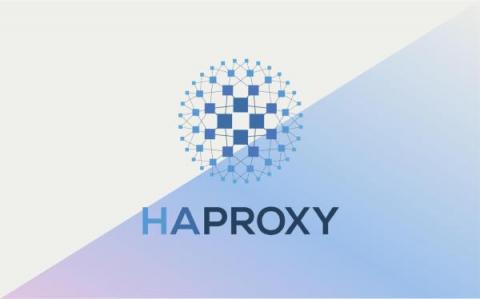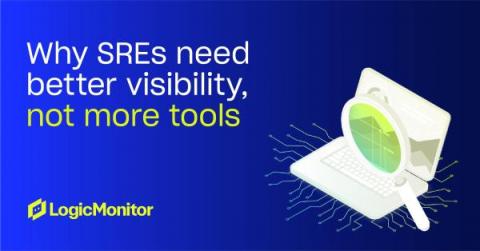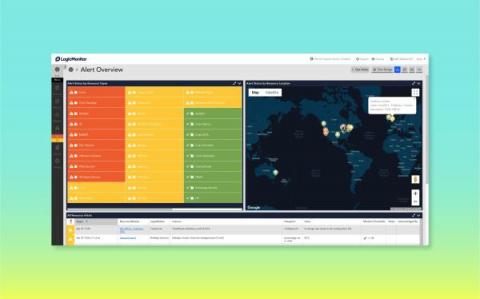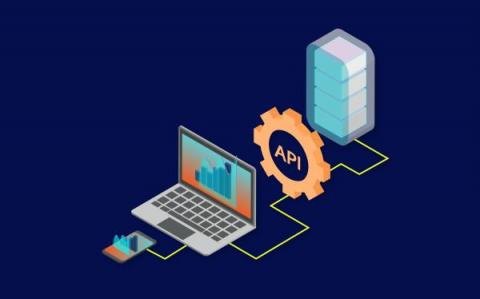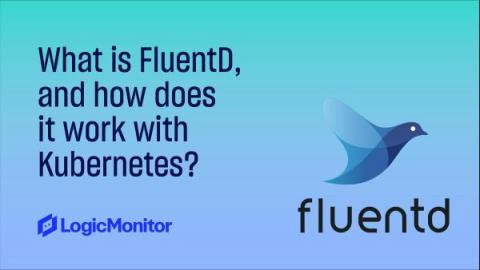What is HAProxy, and what is it used for?
In December 2022, the latest version of HAProxy, 2.7.0, was released. This open-source software is both a proxy and a load balancer, and is immensely popular due to the sheer volume of features it provides to help reduce or even avoid downtime and manage web traffic. Website or application downtime is disastrous for businesses. You want to serve as many users as possible, but if you have nothing in place to manage traffic, then your web applications can quickly become overwhelmed and fail.


